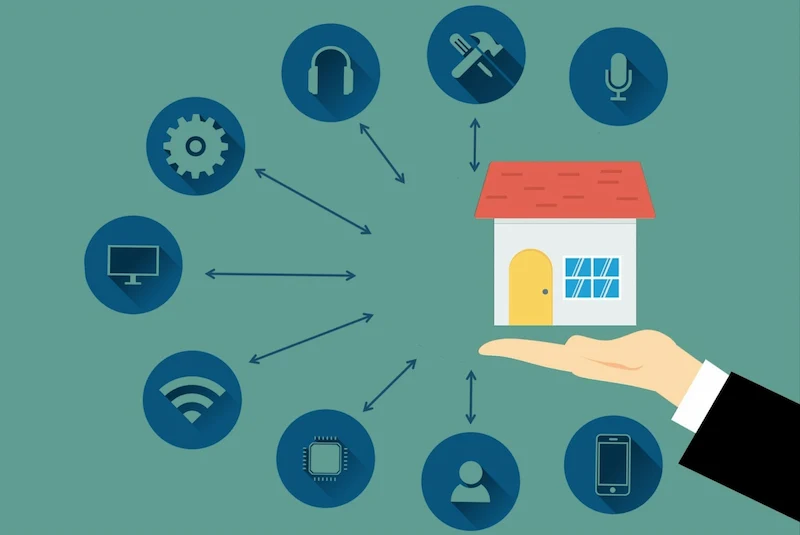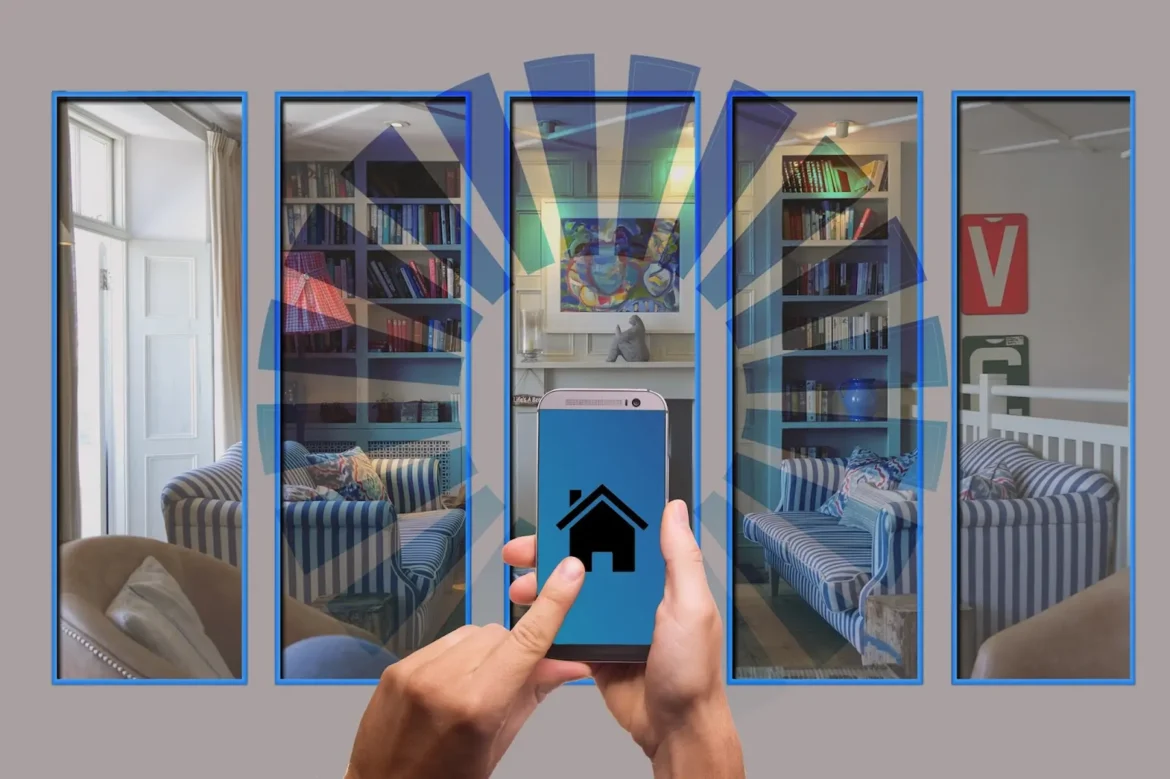Table of Contents
Creating a smart home system can enhance convenience, security, and energy efficiency in your daily life. Whether you’re starting from scratch or upgrading an existing setup, building a smart home requires careful planning and thoughtful decisions. A well-integrated system can simplify daily tasks, automate routine activities, and even help you save money on energy costs. Here are six tips to help you create a system that seamlessly integrates into your lifestyle.
Choose a Reliable Centralized Hub
A centralized hub is the foundation of a seamless smart home system. It connects all your devices, enabling them to communicate and work together efficiently. According to Home-A-Genius, a smart hub allows all your devices to operate on the same wavelength and gives you centralized control over your entire smart home automation. Whether you opt for Google Home, Amazon Alexa, or Apple HomeKit, ensure your hub is compatible with the devices you plan to incorporate. This setup simplifies managing multiple devices, allowing you to control your lighting, security, and other systems from one convenient location.
Select Compatible Devices
To ensure your smart home system works smoothly, choose devices that are compatible with your chosen platform. Each device should support the same protocols, such as Wi-Fi, Zigbee, or Z-Wave, as your hub. Compatibility prevents connectivity issues and makes setup more straightforward. For example, if you select Amazon Alexa as your platform, look for products labeled “Works with Alexa.”
When selecting devices, prioritize quality and durability. Opt for products from trusted manufacturers with strong customer support and regular software updates. Devices that receive updates are less likely to become obsolete, ensuring your system stays relevant as technology advances. It’s also worth considering the scalability of your devices, especially if you plan to expand your smart home in the future.
Optimize Your Home Network

A strong, reliable internet connection is the backbone of any smart home system. Many devices rely on Wi-Fi to communicate, so ensuring consistent coverage throughout your home is essential. Assess your current network by testing signal strength in various areas of your home, especially spaces where smart devices will be installed. If you notice weak signals or dead zones, consider upgrading your router, investing in a mesh Wi-Fi system, or using range extenders.
Network security is equally important. Protect your smart home system by securing your Wi-Fi network with a strong password and enabling WPA3 encryption. Creating a separate network for your smart devices can also protect your main network from potential vulnerabilities, adding an extra layer of security.
Focus on Energy Efficiency
Incorporating energy-efficient smart devices into your system reduces utility bills and helps minimize your environmental footprint. Smart thermostats can adapt to your schedule and preferences, automatically adjusting temperatures to save energy when you’re away. Similarly, smart plugs and power strips can cut power to devices that aren’t in use, eliminating unnecessary energy consumption.
Many smart home apps provide energy usage data, allowing you to track and optimize consumption. For example, you can identify which devices consume the most energy and adjust their settings accordingly.
Prioritize Security
While smart home systems offer convenience, they also introduce potential security risks. Taking proactive steps to protect your system is essential. Start by using strong, unique passwords for all your smart home accounts and enabling two-factor authentication wherever possible. Regularly update your devices’ firmware to address vulnerabilities and improve performance.
Choose devices from reputable brands that prioritize security in their design. Cheaper options from unknown manufacturers may lack robust protection, leaving your system more vulnerable to cyber threats. Consider investing in a smart home firewall or virtual private network (VPN) to encrypt data and safeguard your privacy.
Plan for Scalability
A well-designed smart home should grow with your needs. Start with the essentials, such as smart lighting, a video doorbell, or a smart thermostat, and gradually add more devices as your requirements change. This modular approach allows you to prioritize investments and avoid overloading your system.
Before expanding your system, ensure your platform and network can support additional devices. Some hubs or routers have a limit on the number of connected devices, which could affect performance. Planning for scalability also includes considering future technologies, and ensuring your system remains adaptable as innovations emerge.
Setting up a smart home system that works involves thoughtful planning, the right technology, and a focus on security and efficiency. By starting with a centralized hub, selecting compatible devices, and optimizing your home network, you can create a system that enhances convenience and simplifies daily tasks. Incorporating energy-efficient devices not only saves money but also contributes to a sustainable lifestyle. Prioritizing security measures and planning for future scalability ensures that your system remains reliable and effective as your needs evolve. With the right approach, a smart home can seamlessly integrate into your life, offering comfort, security, and control at your fingertips.
Want to explore something different? DC Chargers vs. AC Chargers: Which Is Better for Your Electric Vehicle?

